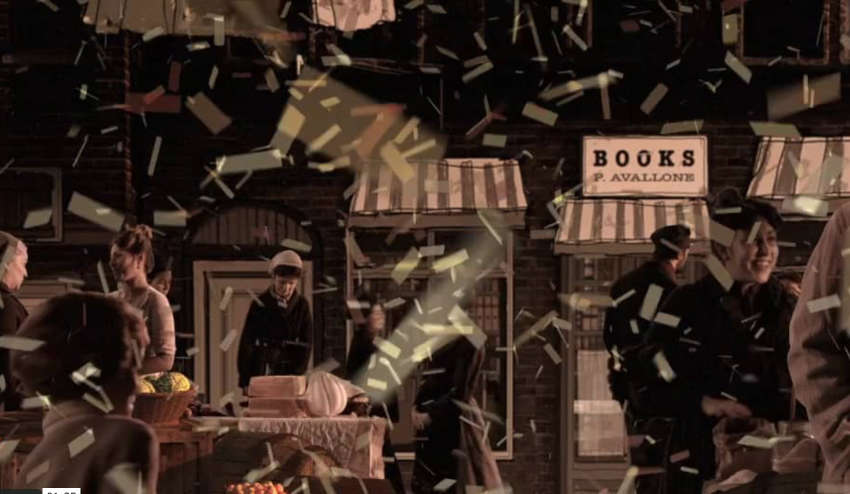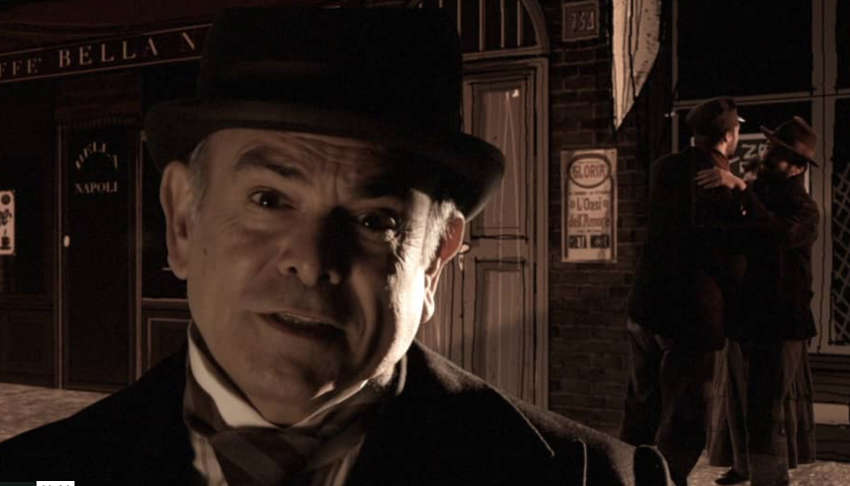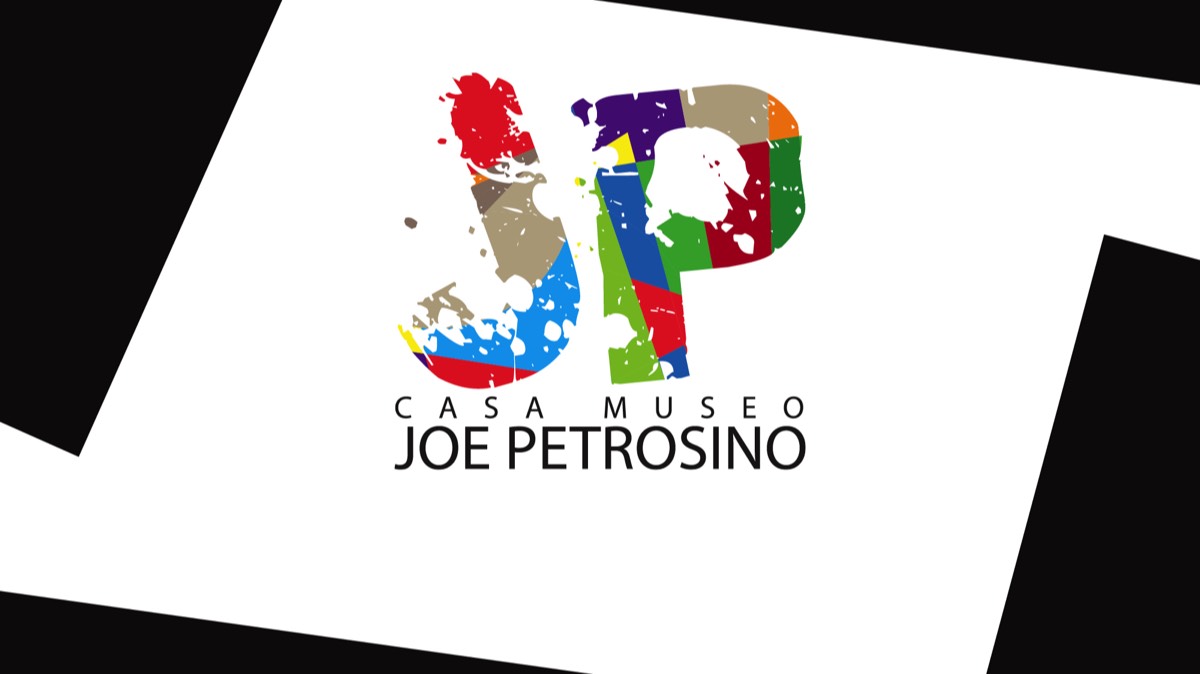Aldo Di Russo
The real voyage of discovery consists not in seeking new landscapes, but in having new eyes.
Marcel Proust
Joe Petrosino (1860-1909) was born in Padula, a small town in southern Italy, from where he leaves for New York with his family at age of 13. He enters the New York City police force and in 1895 he was promoted to detective. Criminals in Little Italy are now facing an enemy, who speaks their language, knows their methods, and can enter into their milieu. In 1905, Petrosino, who obtained the rank of lieutenant, organizes a team of Italian policemen, the ‘Italian Branch’, through which he identifies criminal connections between the Black Hand (an extortion racket) and the Sicilian Mafia. Following this track, he arrives in Italy in 1909, to stay for 48 hours in Padula, before going to Palermo, where he was assassinated on March the 12th , 1909.
The Museum is located in the house where Joe Petrosino was born. The building was renovated in 2015-2016 to host the Museum. The second and third floor (previously inaccessible) are now open to the public. On the first floor visitors familiarize with the personal objects and furnishings that belonged to Joe Petrosino and his family. Here are exhibited the materials related to the cult of the character (photos, prints, comic books, works of art).
In the last two floors a sophisticated interactive space is offering a unique multi-sensory experience to the audience. Significant audiovisual documents from the RAI archives have been digitized and reorganized with a dual purpose: a) the popular dissemination of a significant shift of the Modernity through a new digital heritage artwork , and b) scientific research.
In the first case, visitors can explore the history of Mafia and Anti-mafia through audiovisual narratives (multivisions) activated by touch screens. In the second case scholars can access the Digital Library to study the audiovisual repository of the Italian Broadcast Corporation (RAI).
The Museum is located in the house where Joe Petrosino was born. The building was renovated in 2015-2016 to host the Museum. The second and third floor (previously inaccessible) are now open to the public. On the first floor visitors familiarize with the personal objects and furnishings that belonged to Joe Petrosino and his family. Here are exhibited the materials related to the cult of the character (photos, prints, comic books, works of art).
In the last two floors a sophisticated interactive space is offering a unique multi-sensory experience to the audience. Significant audiovisual documents from the RAI archives have been digitized and reorganized with a dual purpose: a) the popular dissemination of a significant shift of the Modernity through a new digital heritage artwork , and b) scientific research.
In the first case, visitors can explore the history of Mafia and Anti-mafia through audiovisual narratives (multivisions) activated by touch screens. In the second case scholars can access the Digital Library to study the audiovisual repository of the Italian Broadcast Corporation (RAI).
-
JP Presentation
Open or Closethe Joe Petrosino museum was selected from among the ten pitching projects of Europeana network Association meeting. The impact of culture on social inclusion and civic coexistence has been practically investigated. I reconfigured my presentation into a web page for any future debate. Click the Joe Petrosino logo, or Click here -
JP Film
Open or Close

 The House -Museum 'Joe Petrosino', is the only Italian museum dedicated to an unrivaled pioneer in the fight against organized crime.
The House -Museum 'Joe Petrosino', is the only Italian museum dedicated to an unrivaled pioneer in the fight against organized crime.
Located in the native house of Joe Petrosino, in Padula, the Museum exploits highly advanced multimedia formats and cultural communication concepts to produce in the language of the audience the anti-mafia struggle led by the native Italian, Joe Petrosino. Leaning on the concept of cultural communication in the AV format, the Joe Petrosino Museum has extensively used static documents of any kind to produce cultural manifestations in an interactive continuum with the audience. This makes both the onsite and offsite experience an integrative one: visual, haptic, educational, physical and emotional.
The Museum was created thanks to the agreement between the City of Padula, the association 'Libera contro le mafie' and the archives of the Public National Broadcast Company (RAI). The scientific supervision is entrusted to the chair of Public and Digital History, University of Salerno.The route is marked by four scenes in a composite technology film, where Joe Petrosino meets four characters, which are archetypes of the Mafia mentality or of the Anti-mafia spirit. In every room visitors see and reconstruct, assisted by 100 audiovisual narratives, the history of the Mafias, but also the distinguished examples of men and women who fought organized crime. The intent is to exploit, thanks to the cultural recreation of those worlds, - made of images, sound and text (maintaining the necessary scientific rigor)-, all the narrative potential of audiovisual sources and the common knowledge, the context, accumulated around the Italian Mafias in the twentieth century -
© 2014 Aldo Di Russo contacts

























